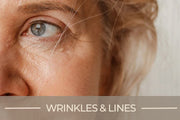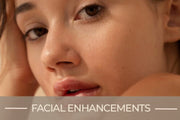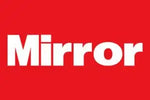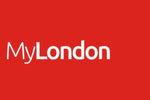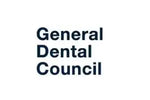How Many Units of Botox Do Men Usually Need?
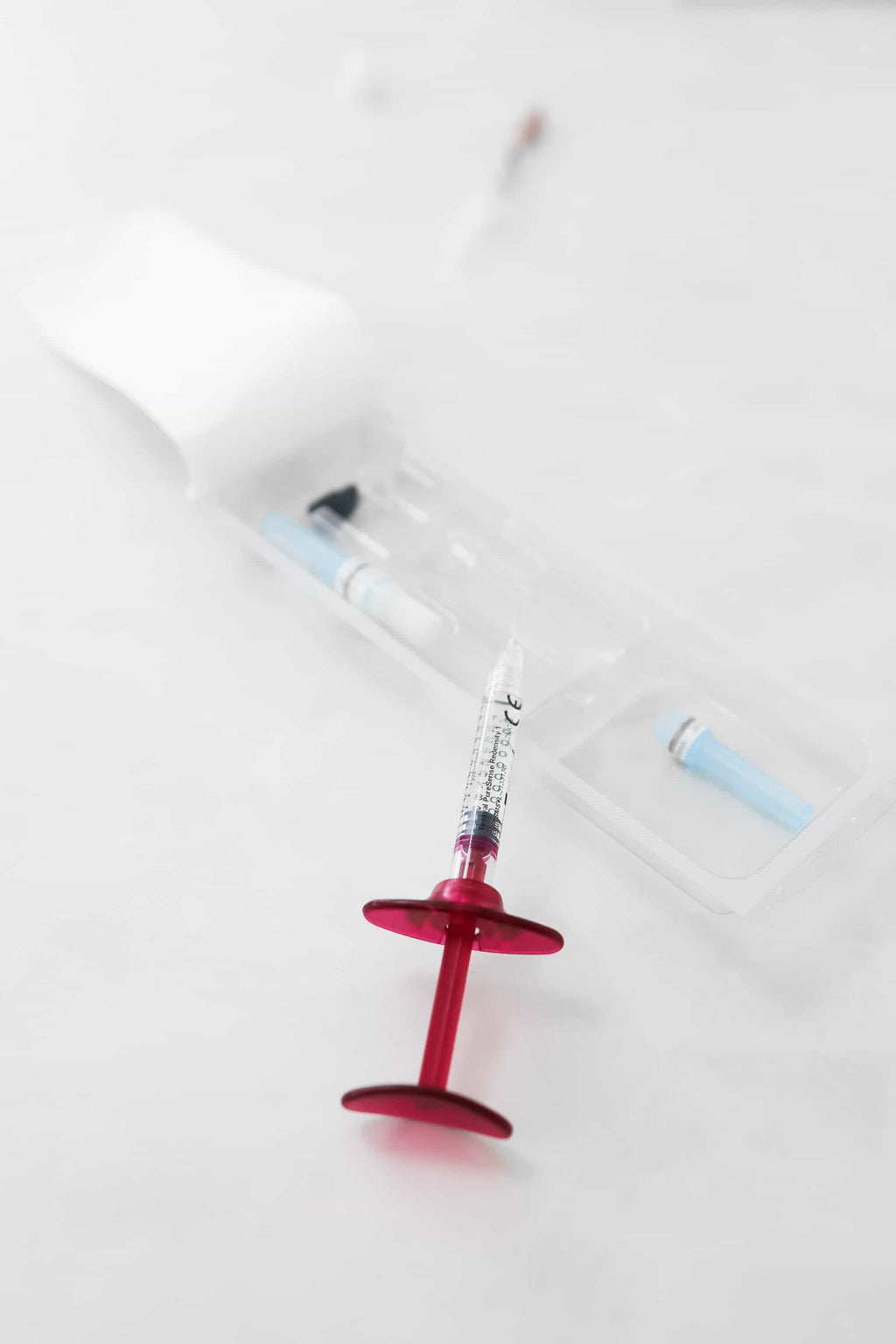
How Many Units of Botox Do Men Usually Need?
By Dr Laura Geige, Medical Aesthetics Practitioner at It’s Me & You Clinic, Kingston upon Thames, Surrey, London
Anti wrinkle injections such as Botox® are prescription only medicines in the UK and may only be prescribed following a face to face consultation with a qualified prescriber. This article is provided for educational purposes only and should not be considered an advertisement or a treatment recommendation.
Why Men Often Ask About Dosage
When men first consider Botox, one of the most common questions is: “how many units do I need?” The answer depends on several factors including facial anatomy, muscle strength and treatment goals. Unlike women, men typically require more units due to stronger muscles and thicker skin. At It’s Me & You Clinic, we emphasise that dosage must always be individualised after assessment, but general patterns can help patients understand what to expect.
What Is a Botox Unit?
A unit is the standard measurement of the product used in aesthetic practice. It does not represent volume but potency. Dr Snieguole Geige explains, “patients sometimes imagine a unit as a millilitre or a visible amount. In reality, units are a measure of biological activity. This is why the number of units matters more than the volume injected.”
Why Men Typically Need More Units
Men have stronger facial muscles, especially in the glabella, forehead and jawline. Larger muscles require more product to achieve relaxation. Dr Laura Geige notes, “if the same dose used for a woman is applied to a man, the effect may be minimal. This does not mean over treating, but rather matching dose to muscle strength.”
Typical Ranges by Area
Although exact dosage varies, typical ranges can be discussed. These are averages and not prescriptive figures.
- Forehead lines: Men may require 15–25 units compared with 10–20 in women.
- Glabellar frown lines: Often 20–30 units in men compared with 15–25 in women.
- Crow’s feet: Typically 12–20 units per side in men compared with 8–12 in women. See crow’s feet Botox.
- Jawline / masseter: Doses vary widely but can be 30–50 units per side depending on muscle bulk. See jawline slimming.
- Chin dimpling: Usually 6–10 units in men. See chin Botox.
These ranges highlight that men generally need higher doses across most areas. Our article Most Popular Botox Areas for Men explains where men most often choose treatment.
Does More Product Mean Less Natural Results?
Some male patients worry that higher doses will lead to a frozen or unnatural look. Dr Carol Mastropierro, dermatologist, explains, “natural outcomes depend on placement and balance, not just unit count. A man may need more units, but spread carefully across muscles, the effect can still look subtle.”
How Age Affects Dosage
Men over 40 may require higher doses due to deeper lines and established muscle patterns. However, in some cases, repeat treatments condition the muscles so that lower doses are needed over time. For more detail, see our related article Botox for Men Over 40 – What to Expect.
Lifestyle Factors That Influence Dosage
Active lifestyles, frequent gym training or high stress jobs can increase muscle activity and shorten treatment duration. Dr Rimas Geiga adds, “men with high physical activity levels often metabolise Botox faster. This does not affect safety, but it may influence the number of units needed to maintain results.” Related topics are explored in our guides on exercise and Botox longevity and diet and supplements.
Do Results Last Longer With More Units?
Using more units may create stronger relaxation, but longevity is not solely determined by dosage. Individual metabolism, activity levels and lifestyle play a role. Dr Snieguole Geige explains, “more units may extend effect slightly, but it is not always a linear relationship. Precision is more important than simply increasing dose.”
Safety of Higher Doses in Men
Botox has been safely used for decades, including for medical conditions that require much higher doses than aesthetics. When prescribed by qualified professionals, higher doses for men are considered safe. Dr Laura Geige emphasises, “the key is spacing treatments correctly and tailoring each dose to the individual. Problems arise only when procedures are performed too frequently or by inexperienced injectors.”
How Dosage Links to Treatment Planning
Dosage is not decided in isolation but as part of an overall treatment plan. At It’s Me & You Clinic in Kingston upon Thames, we consider facial anatomy, muscle strength, skin quality and the patient’s goals. For men, this often means slightly higher unit counts across the forehead, frown and jawline compared with women, but always in a way that preserves masculine features.
Legal and Ethical Considerations
Because Botox® is a prescription only medicine, UK law prohibits advertising or promoting it directly. Lawyer Tautvydas Sutkus explains, “educational content is permitted provided it avoids promotional tone and focuses on factual information. Clinics must encourage patients to seek advice from qualified prescribers.”
Conclusion
Men usually need more Botox units than women due to stronger muscles and different aesthetic goals. Forehead and glabella areas often require higher doses, while jawline and chin treatments can vary widely. At It’s Me & You Clinic, we emphasise that safe, natural results come from personalised treatment planning rather than standardised numbers. For further insights, see our parent article Botox for Men and related guides on popular male treatment areas, treatments for men over 40 and jawline definition.




